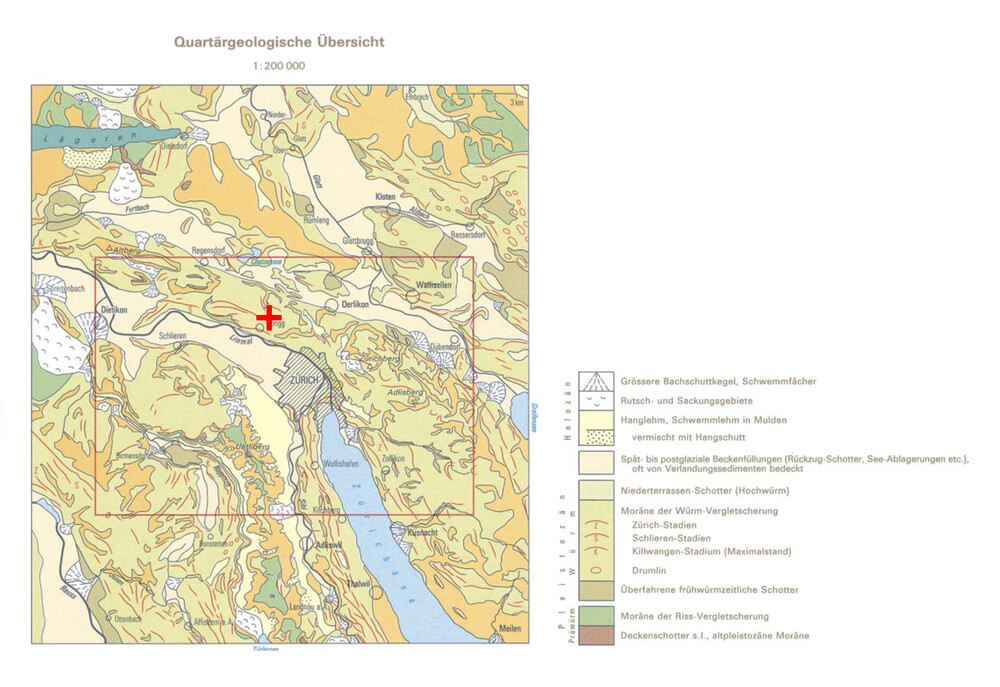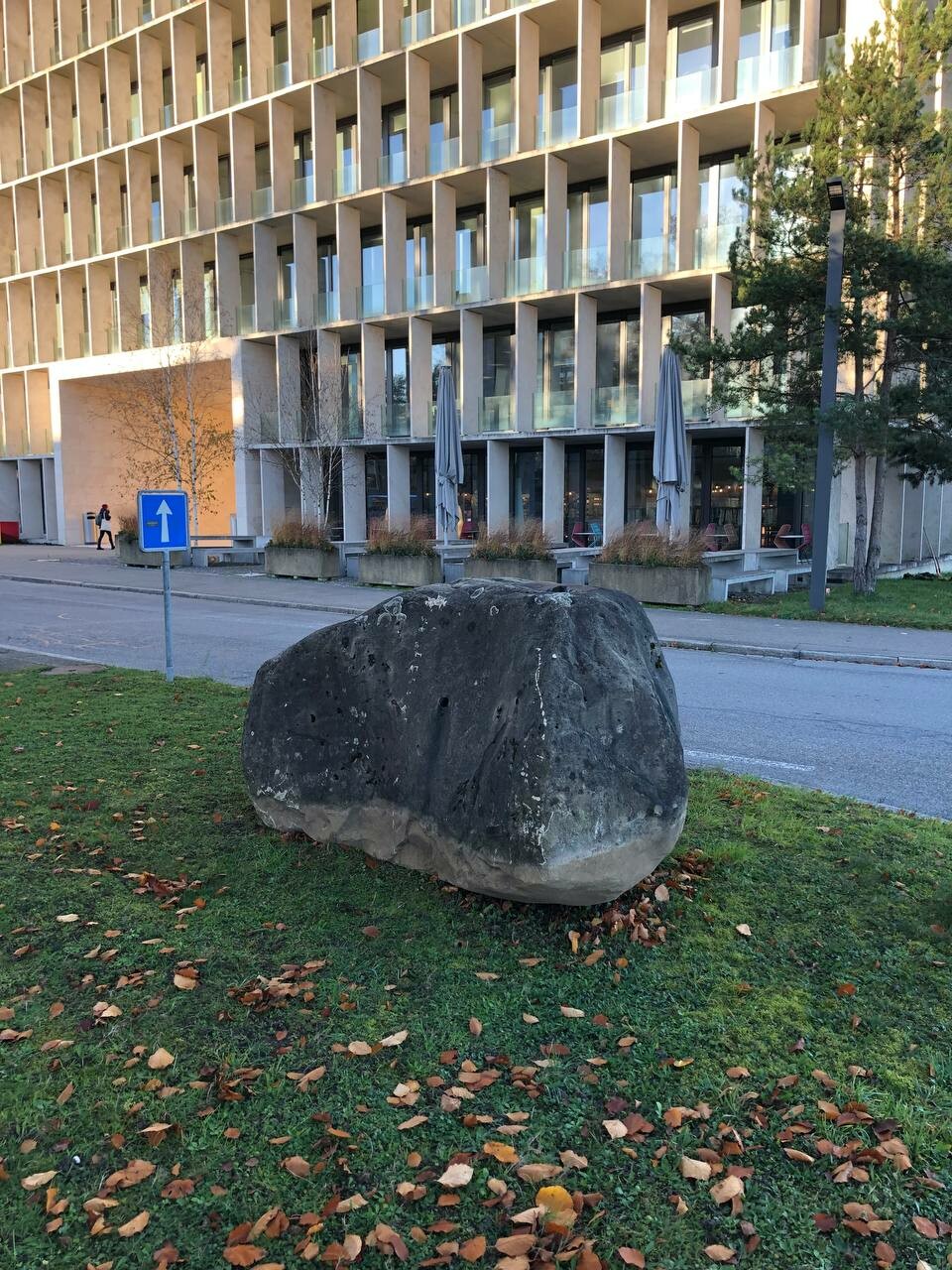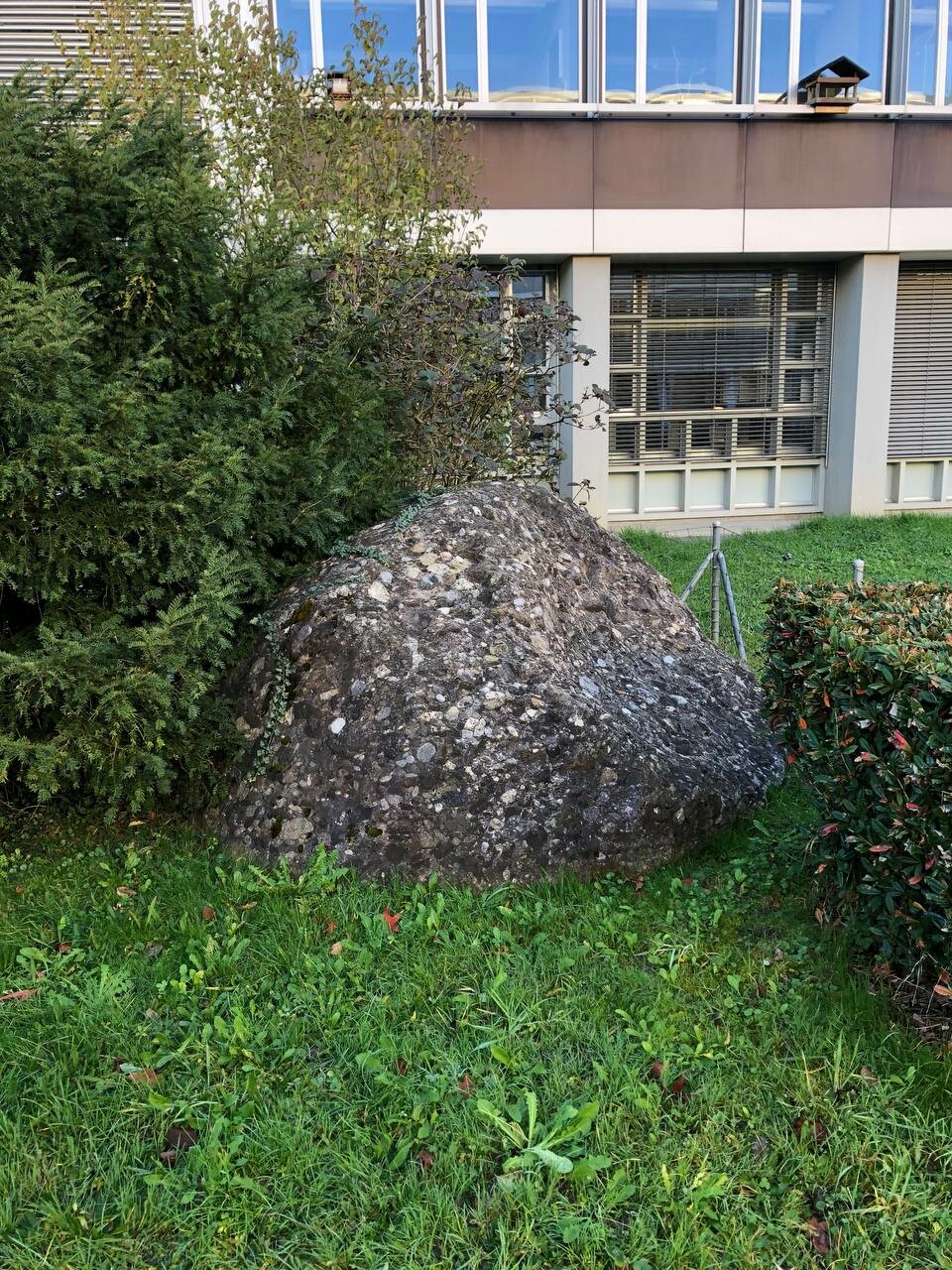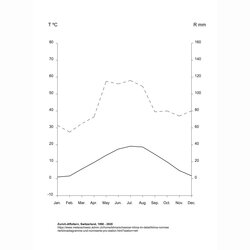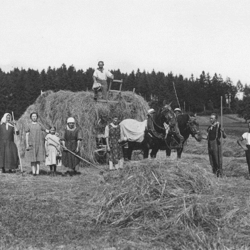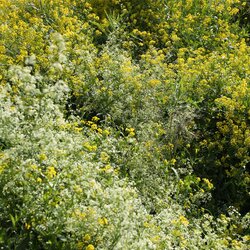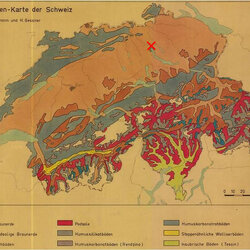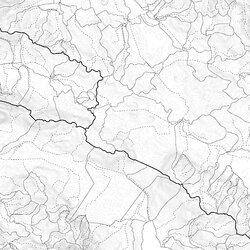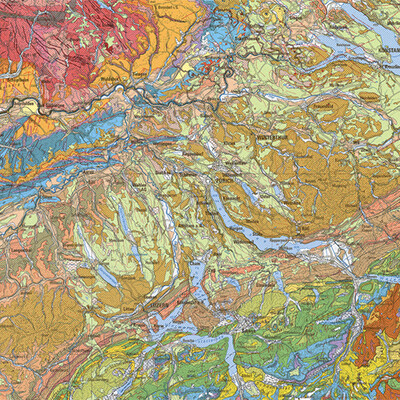
Geology
Geology of Switzerland is characterized by four chronological moments - marine deposits, the folding of the Alps and the Jura, the erosion of the mountains and glaciation processes. This lead to four geological units from north to south:
1. Folded and Table Jura in the north and northwest, consisting of limestones, marls (mixed rock of limestone and clay), clays and anhydrite/gypsum
2. Central Plateau with molasse basin, a depression filled with mountain deposits of sandstones, Nagelfluh, silt and marls
3. Northern Alps with Helveticum, which consists mainly of calcareous and marly sediments deposited in the Mesozoic era
4. Central and Southern Alps with crystalline rocks, which crystallized due to the solidification of magma in the earth's interior and consist mainly of granites and gneisses
The city of Zürich is located north of the Alps in the Central Plateau, and thus in the Molasse basin (dt. Molassebecken). Various types of rock were transported from the Alps to the city by glacial processes during the last ice age. Around 24,000 years ago, at the height of the last ice age, the city of Zurich was completely covered by a layer of ice several hundred meters thick. Only the highest point of the Üetliberg was not covered.
In many places in Zürich, the uppermost rock layer is the Upper Freshwater Molasse (dt. Obere Süsswassermolasse). Because molasse consists of different parent rocks such as marl, sandstone and occasional Nagelfluh bands, a broad spectrum of different stones and vegetations can be found on it.
The Garden of the XXI Century at Hönggerberg lies on a moraine wall of the Würm glaciation (dt. Moräne der Würmvergletscherung), quasi the lateral end of the glacier. This can still be seen very clearly today around the Hönggerberg campus, as there are numerous erratic blocks, large stones transported by the glacier.


